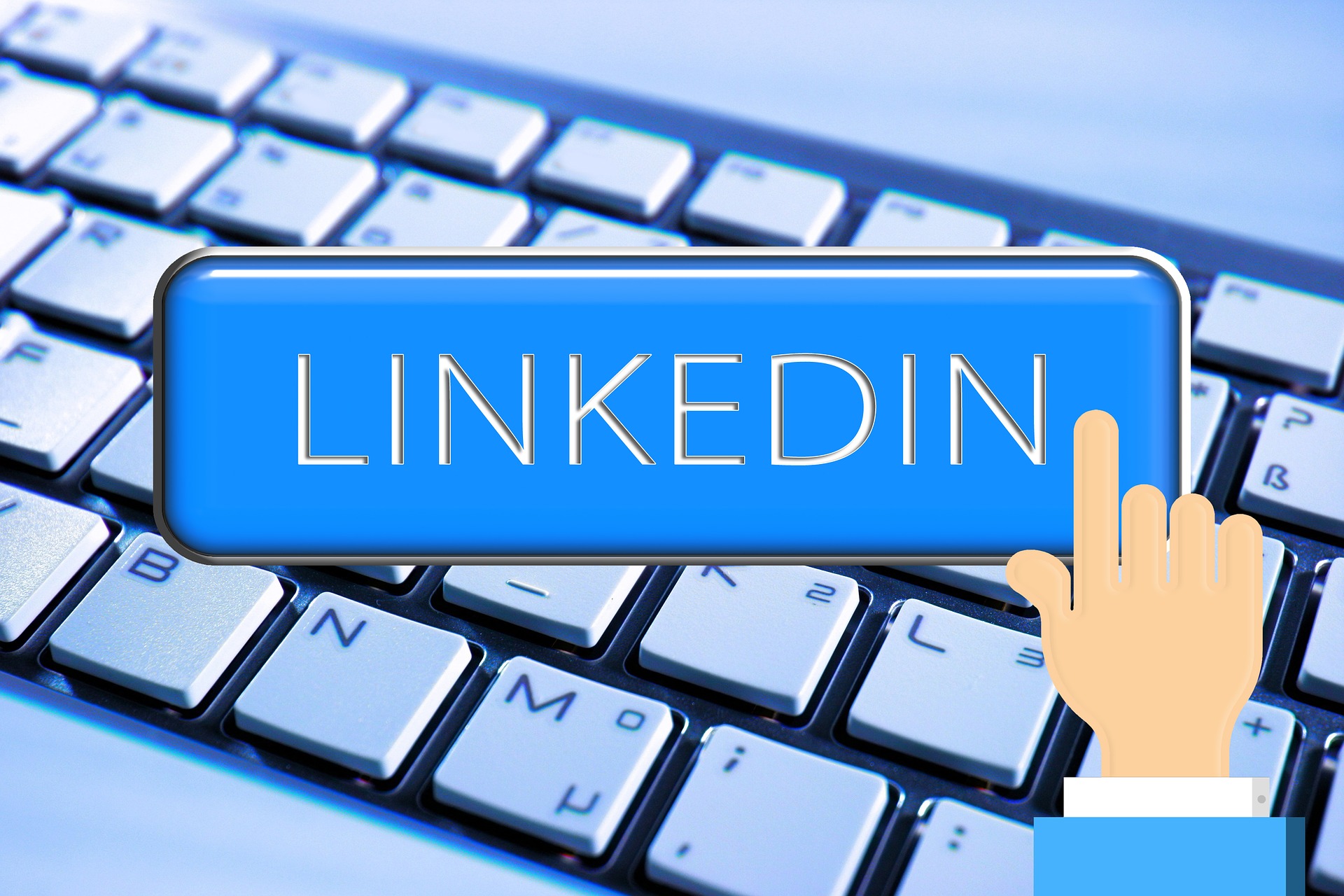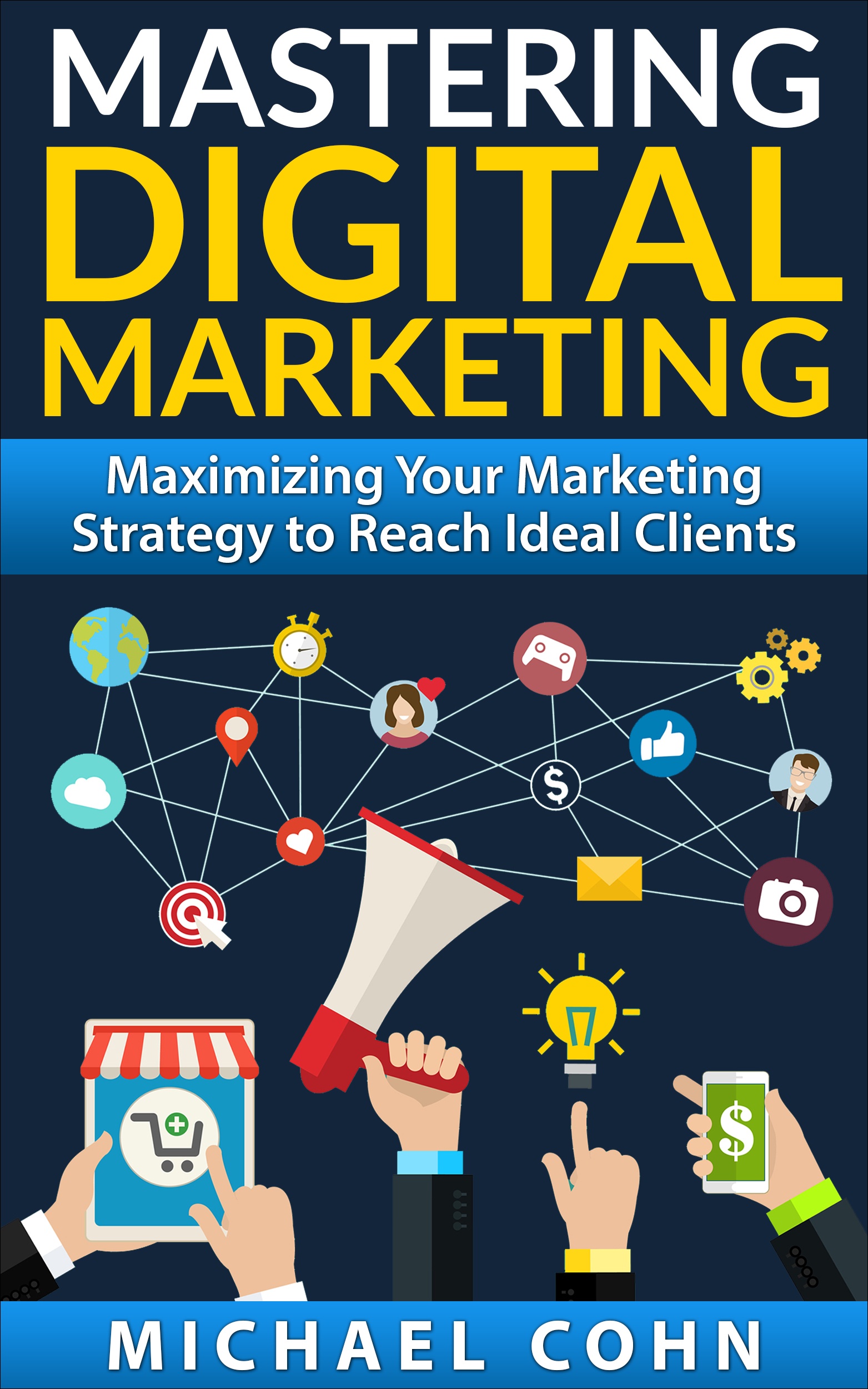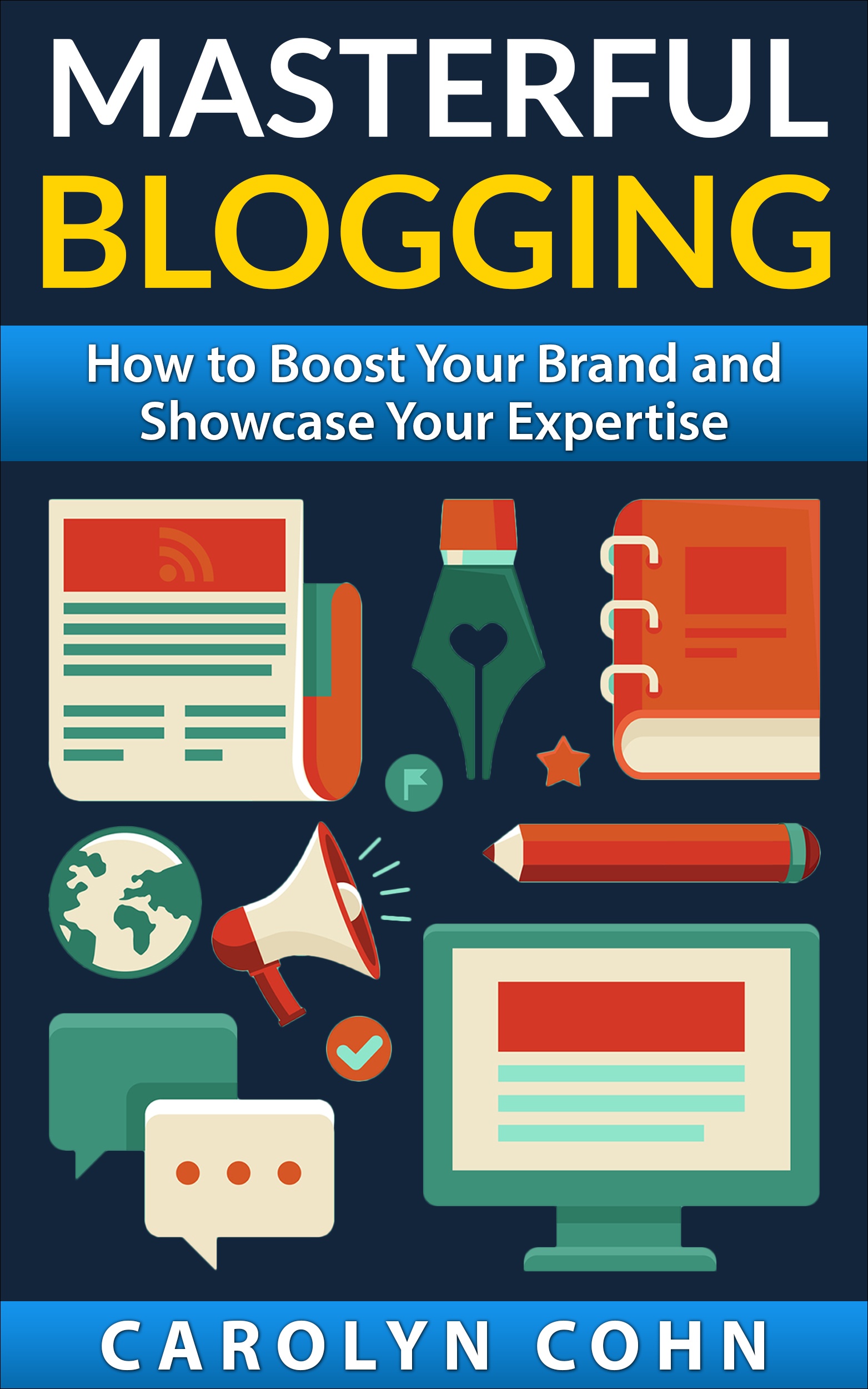LinkedIn’s Personal Touch Increases ROI

It is pretty common knowledge that LinkedIn (as well as the other social media channels) has many capabilities and once you get to know how to leverage all (or most) of its tools, it will help you to bring your business to the next level. However, what you may not realize is that LinkedIn’s “softer” features can also improve your business dramatically.
People react to what feels good
You must have read many times that LinkedIn is one of (if not the) best social media channels for professional. The people behind LinkedIn have developed very useful tools and features and continue to introduce new ones that help everyone in the business world. However, what may not have occurred to you is that some of the more personal aspects of LinkedIn can also help your business in a really big way. When you complete your LinkedIn profile initially, if you have done it correctly and completely, you will have put in your birthday and other significant dates. Just in case you are wondering, LinkedIn doesn’t just want that for no particular reason. The reason that the information is pertinent is that as a person’s birthday (and the same goes for work anniversary) approaches, LinkedIn will remind everyone who is connected with that person through LinkedIn. It gives them the option of wishing the person a happy birthday, sending them a gift, etc. As a human, it probably makes you happy to receive birthday greetings from your online connections. It gives your emotions a boost. In many cases, the birthday greetings are short but the person (in each case) took the time out of his or her busy schedule to wish you a happy birthday and that speaks volumes.
Why is a simple birthday greeting so important, you may ask? Well, it is important because it makes the other person feel as though he or she is special to the person who is issuing the greeting. It is the very first element of the foundation of a budding, productive, enduring relationship between you and the other person. It allows the two people involved the opportunity to begin interacting with one another and, as we all know, interacting is necessary for the relationship and it eventually leads to one (or both) of those people becoming a client of the other.
How do you respond?
You have a few options available to you about how you respond to the other person. You can thank the person for wishing you a happy birthday (in a concise manner or in a manner that is a little more elaborate) or you can merely start to interact with the other person. Either way, the birthday greeting has opened the door for you to connect with the other person. It is probably a good idea to at least acknowledge the person’s birthday wish to you in some manner, although a simple thank you would suffice.
So, now the door has been opened and it is time to start building your relationship together. Of course, that relationship will only be successful if you both put the time and effort into it, just as you always have to do. In other words you have to work at communicating regularly, nurturing the relationship, enticing the other person with thought-provoking topics, questions, etc. It is really wonderful because you never know from the outset how the discussions are going to go and how the relationship is going to go. The best that you can do is to do everything in your power to make it work and, hopefully, the other person will do the same. Life events (with are the occasions that really matter to people) are very important and must be acknowledged. The acknowledgement is proof that the person cares. You can approach the human interaction in a number of ways.
-
Stay on top of the communications that you are receiving: If you are constantly checking who is sending greetings to you, you will be able to acknowledge those greetings and interact with that person quickly. People really appreciate when you respond quickly because that means that it is important to you (thus, they are important to you).
-
Make it special: When it comes to personal events, you should try to send a message that is above and beyond the message that is supplied by LinkedIn. The personal touch will go a long way. If you use the default message, the other person will know that you didn’t put forth too much effort.
-
Try to engage the other person: Your message to the other person should be rather specific. It should definitely mention the particular event, at the very least. Your message should also show that you are interested in sharing in the joy of that event in some way (even if it is only in writing).
-
Expand the discussion: Once you have become comfortable enough with the other person, you can continue your relationship in person (or on the telephone). In other words, your relationship should go beyond only being an online relationship. Maybe you can suggest that you meet for coffee (if you are geographically close to each other) so that you can get to know each other on a deeper level. Having coffee is very appealing for many people because it allows the people to interact in person but doesn’t have a large time commitment. In many ways, it is perfect for initial, in-person interactions.
Conclusion
Even though LinkedIn is a social media channel for professionals, it doesn’t mean that you shouldn’t have a human element in your interactions. Wishing the other person a happy birthday or happy anniversary is the perfect way to work in the human side of it. People generally appreciate the fact that you are thinking about that person and it very well may solidify your relationship. In addition to birthday and anniversary greetings, holiday greetings work effectively also. Again, it is all about the personal feeling that the recipient gets when the other person takes the time and makes the effort to reach out in that way. Another way to get your LinkedIn connections to react favorably to your messages is by using humor (or course, that is, appropriate humor). However, you need to be careful with humor because not everyone has the same sense of humor. You need to know the person a little bit before you try that approach. Once you do use it, it will hopefully be another way to strengthen your relationship.
We are pleased to provide you with the insightful comments contained herein. For a complimentary assessment of your online presence, let’s have coffee.

|




Via LinkedIn Groups
Group: Medical Education Communications and Pharmaceutical Marketing
Discussion: Why Is Greeting Your Connections on LinkedIn so Important?
I completely agree with the points made in this article. I am a freelance medical researcher and writer and find my connections on LinkedIn to be wonderful resources for information as well as virtual colleagues and clients. Sending short messages of congratulations on promotions, job changes, and work anniversaries are one way I prevent myself from becoming isolated.
By Carole Chrvala
Via LinkedIn Groups
Group: Linked User Group (Official Linked User Group)
Discussion: Why Is Greeting Your Connections on LinkedIn so Important?
Agreed! Always try to customize the invite message. No one likes the canned one (and helps to give people context for why you are connecting).
By Brian Sylvester
Via LinkedIn Groups
Group: Linked User Group (Official Linked User Group)
Discussion: Why Is Greeting Your Connections on LinkedIn so Important?
Interesting article Michael! What’s your views on sending congrats type acknowledgements to connections that you don’t actually know (assuming you accept connection requests from people you don’t know)?
By Alan Martin
@Alan Martin if you have LinkedIn connection that you don’t actually know you should make an effort to organize them and tag them accordingly so you will have a better understanding why you are connected to them. Read the following article https://www.compukol.com/blog/how-to-organize-your-linkedin-connections-prospects-and-clients/ for some tips as to how to organize your connections.
Regarding your question, you should always congratulate all your connections even those you don’t know and in fact this gives you an opportunity to engage in discussion with those you don’t know, learn more about them and perhaps develop business.
Regarding the question as to why you are connected to people you don’t know, you should review your own policy as to who do you connect with on LinkedIn and why. The following article can give you some guidelines as to how to define your LinkedIn connections strategy https://www.compukol.com/blog/linkedin-connections-quality-vs-quantity/
Via LinkedIn Groups
Group: Linked User Group (Official Linked User Group)
Discussion: Why Is Greeting Your Connections on LinkedIn so Important?
@Alan Martin, if you can make the “congrats” relevant for the receiver it is worthwhile. The more you know about the person, the better of course, but in theory relevance should rule this – as well.
By Caroline Koch